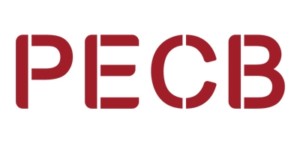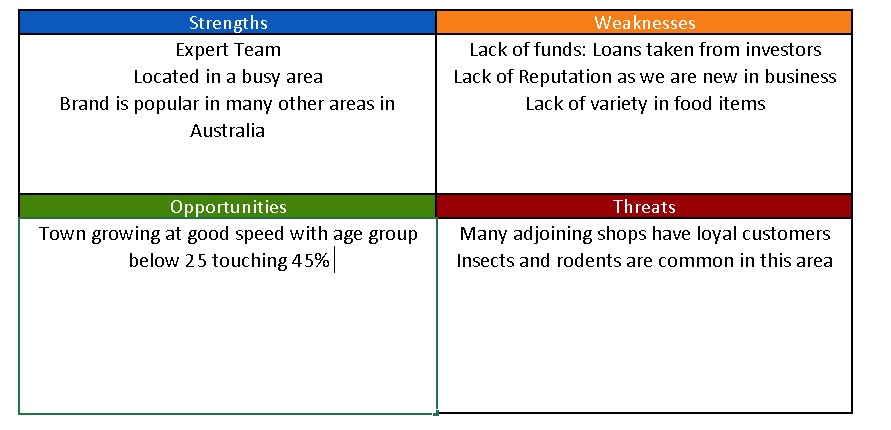ISO 31000 is a standard on risk management developed by the International Organization for Standardization firstly in 2009 and updated in 2018. It is the international codification of the principles and guidelines of risk management, which emerged as a necessity to have one international standard which applied to all industries and organizations of all sizes. In other words, because there were a number of standards on risk management that different organizations in different industries were implementing, experts deemed it necessary for a new family of standards to emerge and to unify all the concepts in one single standard which would provide guidelines and strategies for implementing risk management. Later on, we will discover how ISO 31000 and ISO 22301 can be intertwined, and how can ISO 31000 deepen the risk management control in an organization that has already implemented ISO 22301 – business continuity management system.
Uncertainty is an inseparable part of every business, and as such, every company has to tackle the risks associated with uncertainty in every dimension of business operations. First, risks have to be identified, after which they are categorized and preventive and responsive measures for each identified risk are implemented. The nature of risk nowadays has evolved into unprecedented complexity, because the amount of data that goes in and out of companies is rapidly increasing. As such, unsurprisingly, contracts and insurance companies require mechanisms in place which make sure that the company is identifying and tackling risks.
ISO 31000 helps organizations protect their assets as well as increase the likelihood of achieving objectives by providing direction and risk management strategies. It is adaptable to the context of every organization and it helps mitigate risk within the organization by implementing risk-based decision-making and risk-based corporate culture. That is to say that both employees and stakeholders make decisions by always bearing in mind the risks associated with each decision, but at the same time, apart from seeing negative consequences, it helps a company also identify positive opportunities.
On the other hand, one of the most famous international standards which deal with the continuation of business operations and business security is ISO 22301. This is a standard on business continuity management and it is widely-implemented in organizations of all sizes and all industries. Differing from ISO 31000, ISO 22301 does lead a company to certification if the latter proves to have implemented the standard and its requirements.
The main goal of this standard is to offer a management system which makes sure that in case of incidents, of every nature, an organization can continue its crucial business operations – in other words, it can survive. Incidents can have a very different nature from each other, ranging from natural disasters to cyber-attacks, and ISO 22301 includes all of these kinds of incidents. It also helps a company to mitigate risk and to evaluate which risks are more imminent and more probable.
Based on these factors, and a proper understanding of the organization and its context, a Business Continuity Plan should be developed (BCP). This plan includes actions and measures to be taken in case of different scenarios, the persons in charge of every scenario and how to contact these persons in case that one of the scenarios happens. In other words, a BCP should be composed, but there should also be instruments to activate the BCP and responsible managers should be appointed for every situation, and the information should be communicated clearly so that every employee is aware of who to contact in different scenarios.
So, among other things, risk assessment and risk management are integral parts of business continuity, and this is where ISO 31000 and ISO 22301 intersect. In ISO 22301 there are two important clauses which deal specifically with risk: close 6.1 on “Actions to address risks and opportunities” and clause 8.2 on “Business impact analysis and risk assessment”.
Every business is exposed to risk, ranging from market risks, investment (or stock) risks, natural risks, cyber risks and so on. Depending on the scale of risk exposure, a company might choose to implement and get certified against ISO 22301, but at the same time have ISO 31000 as a guiding tool for risk-based thinking, risk strategies and risk-based corporate culture. It is a very good integration (but not an integrated management system, since ISO 31000 does not offer requirements but guidance) of two standards which can produce a very detailed and accurate platform, that can serve a business well in difficult times – and as history has often proved, it can help a company stay in business when faced with risks and challenges.
It is often argued that civilization started when the first humans learned to domesticate plants and were able to farm and harvest. In order to be able to farm, one must at least be able to recognize and know seasons, humidity and temperature as minimum requirements to be successful. So, in other words, it was the event of being able to predict which marked the beginning of civilization and its continuation and evolution to this point. We have developed immaculate methods (e.g. scientific method) to predict and forecast in order to survive, thrive and evolve. The same concepts apply to a business if you see it as thinking, living organism which is striving to evolve and thrive, but which also has to deal with the bad days where survival is the main objective. We can consider standards such as ISO 22301 and ISO 31000 as the scientific methods of the world of management, which help a business as a living organism to survive in these bad days while helping them reach their objectives and grow in good times.
About PECB
PECB is a certification body for persons, management systems, and products on a wide range of international standards. As a global provider of training, examination, audit, and certification services, PECB offers its expertise on multiple fields, including but not limited to Information Security, Business Continuity, Resilience and Recovery, Governance, Risk Management, and Compliance, Quality Management, IT Governance & Service Management, Health, Safety, and Sustainability.
is a certification body for persons, management systems, and products on a wide range of international standards. As a global provider of training, examination, audit, and certification services, PECB offers its expertise on multiple fields, including but not limited to Information Security, Business Continuity, Resilience and Recovery, Governance, Risk Management, and Compliance, Quality Management, IT Governance & Service Management, Health, Safety, and Sustainability.
About the Author
Julian Kuci is the Marketing Quality Assurance Manager at PECB. He is an honour graduate of RIT in Economics & Statistics and Public Policy & Governance. Julian holds a diploma in Transitional Justice from the Regional School of Transitional Justice and is certified against ISO 9001 – Quality Management and ISO/IEC 27001- Information Security Management.




